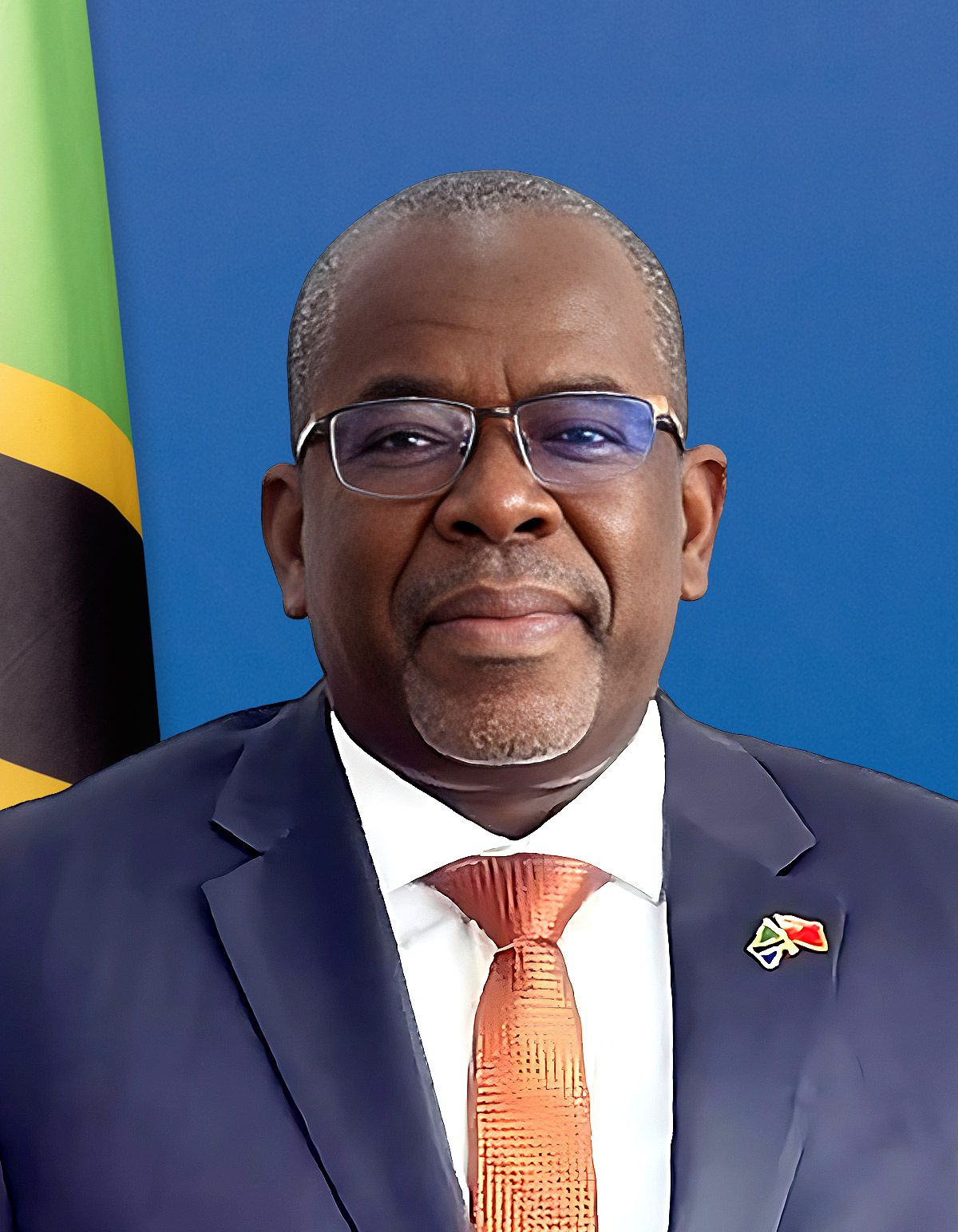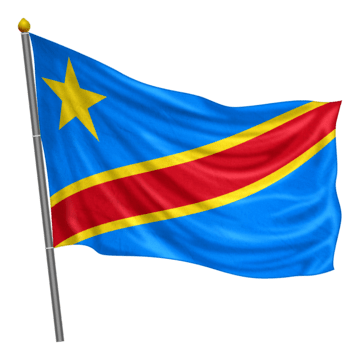USDX Stablecoin Depeg Spurs Risk Reassessment as African Mobility Startups Advance


Quidah is an online platform that connects investors with curated opportunities and expert insights on Africa’s emerging markets, while offering businesses promotional services, partnership facilitation, and market intelligence to attract capital and grow their operations.
Industries
USDX, an algorithmic stablecoin, fell roughly 40% below its dollar peg this week, jolting sentiment across digital-asset markets. The episode underscores design and transparency risks in non–fiat-collateralised stablecoins, a segment that has grown rapidly as issuers chase scale and fee economics.
USDX’s break from its peg highlighted vulnerabilities in algorithmic models that rely on code and smart contracts rather than fully backed reserves. The move dented investor confidence and reinforced the need for robust collateral, liquidity management, and clear disclosures.
The stablecoin segment has become increasingly crowded as new issuers seek to monetise payments and yield at scale. Market stress tends to reveal weaker designs, suggesting consolidation pressure and greater differentiation between asset-backed and algorithmic approaches.
In African tech and mobility, Gozem is expanding to Brazzaville, Republic of Congo, while Angola-based Anda raised a $3.4 million seed round from Breega and Speedinvest. Separately, Chery introduced electric vehicles in Kenya, adding momentum to the region’s EV rollout.
For investors, the USDX depeg is a reminder to scrutinise collateral quality, redemption mechanics, and liquidity under stress, as impairment in a widely used stablecoin can transmit volatility across DeFi venues and trading pairs. Asset managers and treasurers should revisit counterparty and protocol exposure, diversify stablecoin holdings, and stress-test liquidity needs. For African mobility, Gozem’s expansion and Anda’s funding signal ongoing demand for ride-hailing and transport solutions, while Chery’s EV entry points to growing opportunities in charging infrastructure, financing, and fleet services as adoption scales.
USDX’s dislocation reinforces a flight to transparent, well-collateralised stablecoins and raises the bar for risk controls across the sector. In parallel, mobility investments in Central and Southern Africa continue to build, setting the stage for consolidation, infrastructure build-out, and new revenue models as platforms and EV offerings expand.


